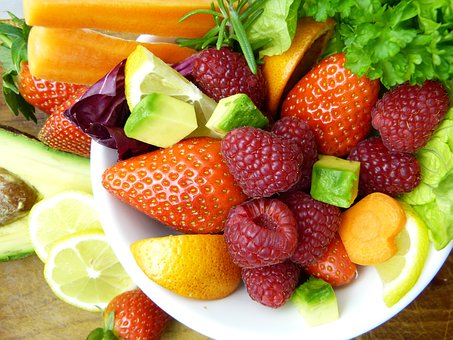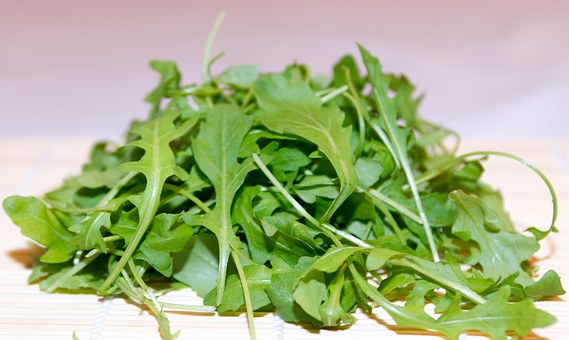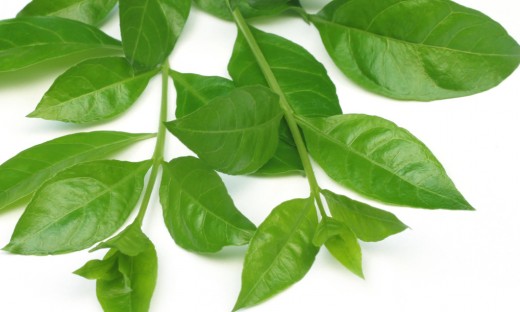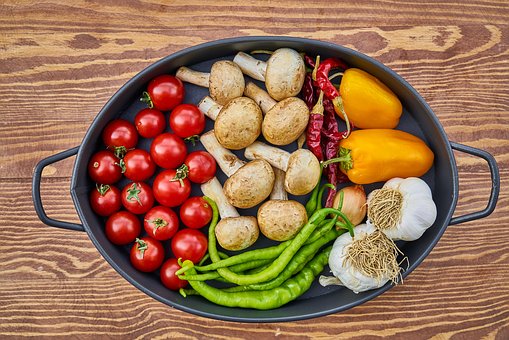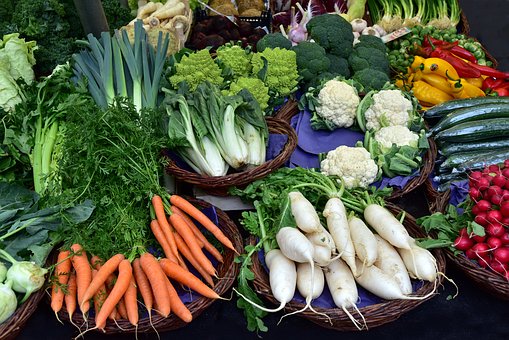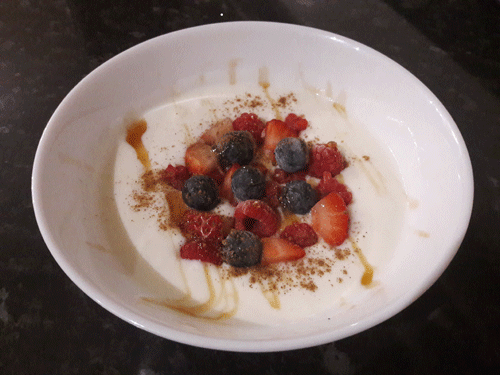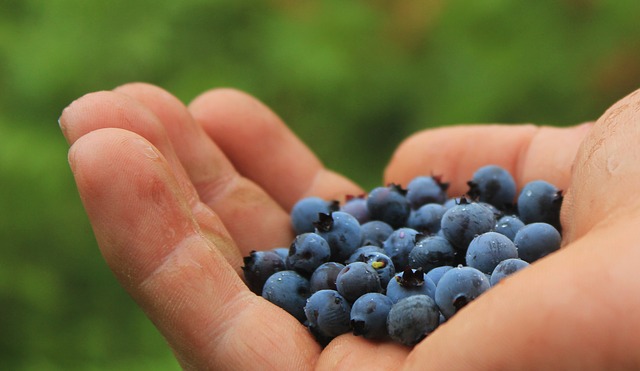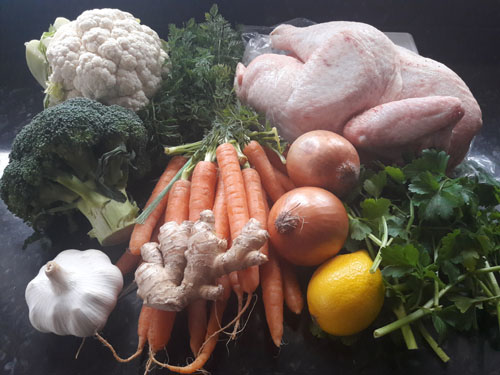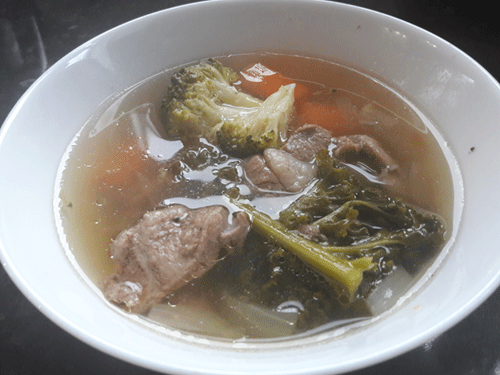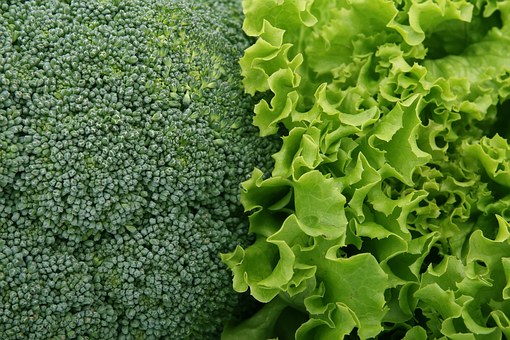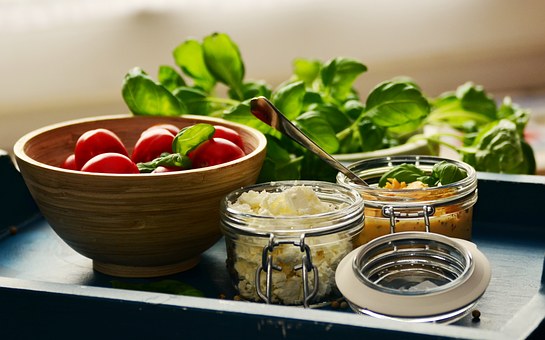Comparative Evaluation of the Antioxidant Effects of the Natural Vitamin C Analog 2-O-D-Glucopyranosyl-L-Ascorbic Acid Isolated From Goji Berry Fruit
© Authored by PubMed
© HealthyMuslim. See Terms and Conditions
Copy Link
Email
Print

Goji berries (Lycium barbarum, wolfberry) grow on an evergreen shrub found in temperate and subtropical regions in China, Mongolia and in the Himalayas in Tibet. They are in the nightshade (Solonaceae) family. Goji berries are usually found dried. They are shriveled red berries that look like red raisins. Goji berries are rich in antioxidants, particularly carotenoids such as Beta-carotene and zeaxanthin. One of zeaxanthin's key roles is to protect the retina of the eye by absorbing blue light and acting as an antioxidant. Goji berries have been used for 6,000 years by herbalists in China, Tibet and India to: protect the liver, help eyesight, improve sexual function and fertility, strengthen the legs, boost immune function, improve circulation, and to promote longevity.
Zhang Z, Liu X, Zhang X, Liu J, Hao Y, Yang X, Wang Y. Comparative evaluation of the antioxidant effects of the natural Vitamin C analog 2-O-?-D-glucopyranosyl-L-ascorbic acid isolated from goji berry fruit. 1. Arch Pharm Res. 2011 May;34(5):801-10. Epub 2011 Jun 9.
Zhang Z, Liu X, Zhang X, Liu J, Hao Y, Yang X, Wang Y. Comparative evaluation of the antioxidant effects of the natural Vitamin C analog 2-O-?-D-glucopyranosyl-L-ascorbic acid isolated from goji berry fruit. 1. Arch Pharm Res. 2011 May;34(5):801-10. Epub 2011 Jun 9.
2-O-?-D-Glucopyranosyl-L-ascorbic acid (AA-2?G) is a natural derivative of Vitamin C (Lascorbic acid, AA) isolated from goji berry (Lycium barbarum L.) fruit. We evaluated the antioxidant activities of AA-2?G and AA using in vitro and in vivo model systems. In vitro radical scavenging assays demonstrated that AA-?G was capable of scavenging 1,1-diphenyl-2-picryl-hydrazyl and hydroxyl peroxide and inhibiting H(2)O(2)-induced hemolysis better than AA. AA-2?G and AA had similar hydroxyl radical scavenging capabilities, but AA-2?G was incapable of scavenging superoxide anion radicals, and its capacity to scavenge nitrite (NO(2) (- border=0> was lower than that of AA. The overall in vitro reduction capability of AA-2?G was also significantly lower than that of AA. Moreover, in vivo studies demonstrated that AA-2?G was capable of protecting the liver against carbon tetrachloride-induced acute liver injury in mice. These results suggest that AA-2?G is an important antioxidant component of goji berry fruit, which may share similar but distinct antioxidant mechanistic properties with AA. This study furthers our understanding of the mechanisms of goji berry fruit pharmacological activities on antiaging and antitumor properties as a traditional medicine and dietary supplement.
Link to this article: Show: HTML Link • Full Link • Short Link
Share or Bookmark this page: You will need to have an account with the selected service in order to post links or bookmark this page.





|
Related Articles:
- Polysaccharides From Wolfberry Prevents Corticosterone-Induced Inhibition of Sexual Behavior and Increases Neurogenesis
- Polysaccharides From Lycium Barbarum Leaves: Isolation, Characterization and Splenocyte Proliferation Activity
- Lycium Barbarum Polysaccharide Inhibits the Proliferation of HeLa Cells by Inducing Apoptosis
- Anti-Inflammatory and Anti-Angiogenic Effects of Flavonoids Isolated From Lycium Barbarum Linnaeus on Human Umbilical Vein Endothelial Cells
You must be registered and logged in to comment.
Most Popular
Latest Articles
Popular Subjects
Health, fitness and longevity
Based upon the principles of health
in the Qur'an and Prophetic Traditions.
HealthyMuslim.Com
There are two bounties in which
most people lose out: good health
and free time. Al-Bukhari.
The information on this site is provided for educational purposes only. It is not intended as a substitute for professional advice of any kind.





